
views
Wearing Layers Under Your Dress

Wear a turtleneck under a sleeveless dress. Make sure the turtleneck is fitted and not too thick, so it doesn’t add bulk when you slip the dress on top. This works best with a sleeveless or even strappy LBD, which doesn't offer competing sleeves for the turtleneck. Try a black turtleneck for an easy, classic pairing. A colorful turtleneck, particularly in winter-appropriate jewel tones, could also look great—think about pairing it with matching shoes, bags, or other accessories. A silk tank dress would look great paired with a thin turtleneck.
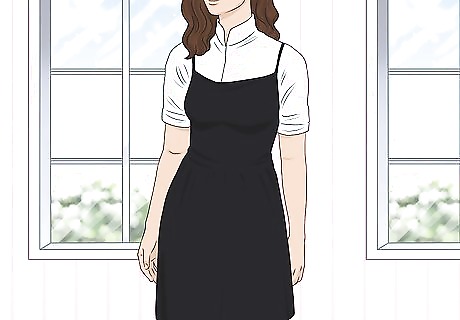
Reinvent a little black dress by adding a blouse underneath. A blouse with unique detailing, like crocheted sleeves or a distinctive high-necked collar, can make your dress look completely new. This works best with strappy or sleeveless dresses. Layer your LBD with a white button-down and black oxfords for a schoolgirl-inspired outfit.

Pair your dress with some black tights to keep your legs warm. This is an extremely versatile way of styling your dress for the winter season and can easily be incorporated into any kind of look, from the office to a New Years’ Eve party. Hems that fall into the category of mini-dress or midi-dress will look best with tights because they keep your outfit from looking bulky. All-black tights are the easiest to style, and the most classic look. But colored tights can also be a fun option—just make sure you’ve selected a winter-appropriate shade (no neon or overly bright colors). For a more subtle alternative, try patterned black hosiery that features quiet patterns like polka dots. Avoid beige tights, which can make it look like you’re walking around with bare legs in the winter.

Wear leggings or fleece-lined tights for extra warmth. If you live in a particularly cold area, regular sheer tights may not cut it during the coldest winter months. Fleece-lined tights and leggings create a similar look as regular tights but offer much more protection from low temperatures. Fleece-lined tights are typically a bit more expensive than regular tights, but usually last longer. Wear a pair of thicker leggings with a long dress that goes down to your ankles. This will disguise any bulkiness.
Adding a Coat or Sweater
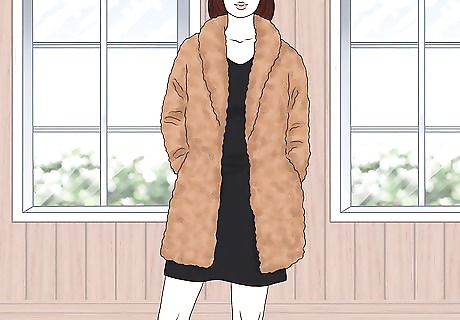
Wear a statement coat featuring bold colors or eye-catching materials. A simple way to winter-proof your favorite little black dress is to throw a statement coat over it. Black dresses are easy to pair with almost any color—try a vivid shade like pink or lime green for a particularly bold look. Consider texture, as well. Wear a furry coat that contrasts with the more formal dress underneath. Try a bomber jacket printed with an over-the-top pattern like animal print, which transforms a LBD from formalwear to street-style chic.

Top your dress with a blazer for a sleeker look. A blazer can add a more structured, sophisticated take on a little black dress. This look is appropriate for the office as well as a night out. Pair a charcoal or ivory blazer with your black dress for an elegant work outfit. Pointy-toed pumps complete the look. A black blazer over a black dress is a simple and classy look, as well. Add a gold statement necklace for a touch of visual interest. A black A-line dress would look great with a hot pink tweed blazer and pumps.

Add a leather jacket to your outfit to make it edgier. Little black dresses are usually considered formal and feminine, but you can shake it up by throwing on a black leather jacket over your outfit. Pair this look with sneakers for a more casual, comfortable take on the LBD. Add in metallic accessories and a pair of motorcycle boots for a punk-inspired look.

Throw an oversized sweater over your dress for a layered effect. You can dress down a little black dress by slipping a loose, oversized sweater over top. Some of the dress should still peek out at the bottom of the sweater, giving the illusion of a skirt. For a more streamlined silhouette, pair a black sweater with your black dress. Focus on the contrast in materials, rather than color—for instance, a chunky knit sweater would pair well with a slinky, silky dress. This look works with both long and short dresses, just make sure the hemline of the dress is longer than the sweater.
Accessorizing for Warmth
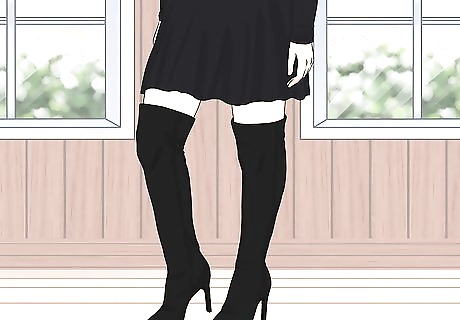
Pull on a pair of over-the-knee boots to protect your legs from the cold. If you want to keep your bottom half warm while also making a style statement, consider wearing a pair of tall boots that cover most of your legs. For the best look, try to find a little black dress that hits just above the top of your boots. Top with a coat or a jacket that’s the same length as the dress for a particularly sleek outfit. You can also wear a pair of sheer, matte tights to protect the exposed parts of your leg from the cold.
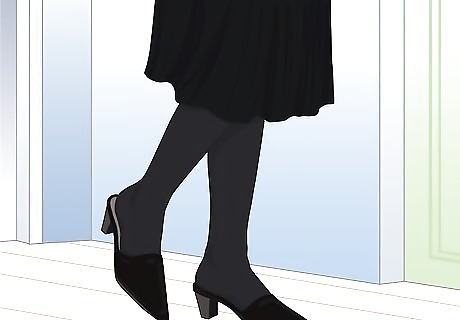
Avoid strappy shoes or low boots. Gravitate towards shoes with more coverage, which will keep your feet warmer on cold days. Ankle boots, tall boots, and sneakers are all good options for lower temperatures. Mules are another option for winter and can be worn with tights or socks to protect your heel from the cold. Wear sneakers with chunky socks bunched around the ankles for a comfortable, casual look.
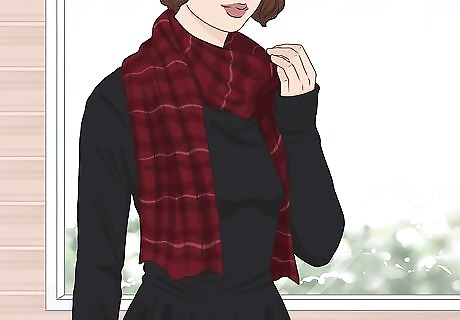
Wrap a scarf around your neck to add visual interest. Loop a bulkier scarf several times around your neck for a functional winter accessory. You can do this with a black or dark-colored scarf for a more elegant look, or a bright, patterned scarf for a more eye-catching style. Another styling option for a brightly colored scarf is to place it over your shoulders so it drapes over your front. Cinch a black belt around your waist, over the scarf, and adjust the scarf so it resembles a robe.

Wear long gloves if you’re attending a formal event. Long satin gloves, in white or in black, may be too dressy for some events. But they are a great way to accessorize while also keeping your hands and lower arms protected from the biting cold.
Picking the Right Dress

Focus on seasonal fabrics like velvet or knit. Whether you’re shopping for a new little black dress or browsing your closet to figure out which styles can transition to winter, certain fabrics work better for low temperatures than others. A black knit dress is a more casual option, while black velvet can be dressed up for a more formal event. Summery materials like linen will be more difficult to style for the winter—and are less warm, to boot.
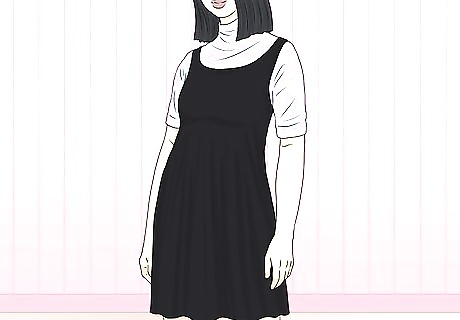
Choose a dress with a relaxed silhouette so you can fit layers underneath. Swing dresses or shirt dresses are both good options. Especially if you’re planning to winterize a spring or summer dress, make sure that it’s not too tight so it doesn’t look bulky when you layer with a turtleneck or long-sleeve top. Avoid dress styles like the fit-and-flare, which is more fitted and therefore more difficult to pair with layers.
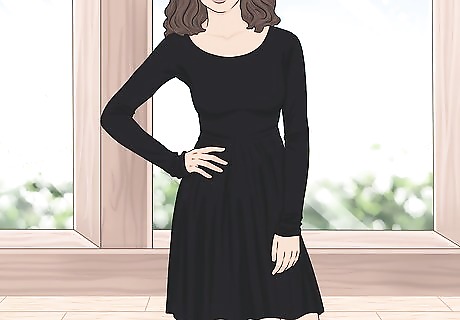
Look for long sleeves and longer hemlines for extra warmth. Little black dresses come in all shapes and sizes these days, and for cold climates, don’t focus too much on the “little” part. Long sleeves will keep your arms warmer, and longer hemlines will do the same for your legs. If your dress has long sleeves, it’s not as important that it has a relaxed silhouette since there’s no need to layer a turtleneck or sweater underneath. Keep an eye out for dresses featuring turtlenecks—a style that’s both elegant and warm.

















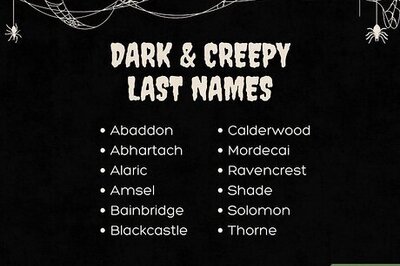
Comments
0 comment